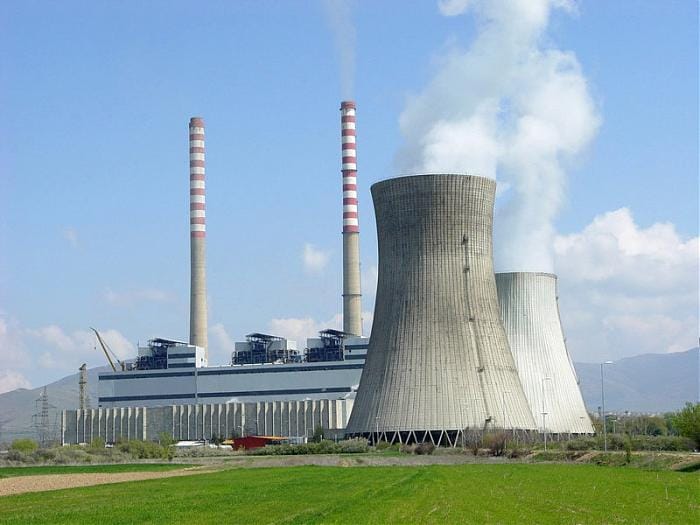Thermal Power Plants Emission Standards
The Ministry of Environment, Forest and Climate Change recently amended the rules of thermal power plants emission standards. The new rule has extended the deadline for the thermal power plants within ten kilometres of National Capital Region and in cities with more than ten lakh population to comply with the new emission norms by the end of 2022. Earlier these power plants were required to comply with the revised norms by December 2019.
What is the plan?
A task force is to be constituted by the CPCB (Central Pollution Control Board). The task force will categorise thermal power plants in three categories based on their location.
The deadline for the thermal power plants in “Non-Attainment Cities” to meet the emission norms has been extended till December 31, 2023. The non-attainment cities are those that have consistently failed to meet the National Ambient Air Quality Standards. Around 124 such cities have been identified by the CPCB.
The coal fired power plants in the rest of the areas have to comply the new standards by December 2024.
Background
In 2015, the Environment Ministry revised the emission norms for Sulphur Dioxides, Nitrogen Oxides and Particulate Matter released from thermal power plants. According to these norms, the thermal power plants have to install emission control systems by 2017. However, the deadline was pushed to 2022 due to implementation issues.
Pollutants from Thermal Power Plants
The pollutants released from a thermal power plant are Sulphur Dioxide, Nitrogen Oxide, carbon monoxide, ozone, Suspended Particulate Matter, non-methane hydrocarbons and lead. However, Sulphur Dioxide is the major pollutant released from a thermal power plant.
Sulphur Dioxide in India
According to a report from the Centre for Research on Energy and Clean Air, the Sulphur Dioxide emissions in India declined by 6% in 2019 as compared to 2018. Still, India is the largest emitter of Sulphur Dioxide. India has chosen the Flue Gas Desulphurization technique to reduce the emissions of toxic Sulphur Dioxide.
Flue Gas Desulphurisation
The removal of Sulphur Dioxide is called Flue Gas Desulphurization. The method removes gaseous pollutants such as Sulphur Dioxide from exhaust flue gases generated from boilers and furnaces.
Initially, India had set 2017 as deadline to install Flue Gas Desulphurization Units. However, it was later changed to 2022.
Month: Current Affairs - April, 2021


